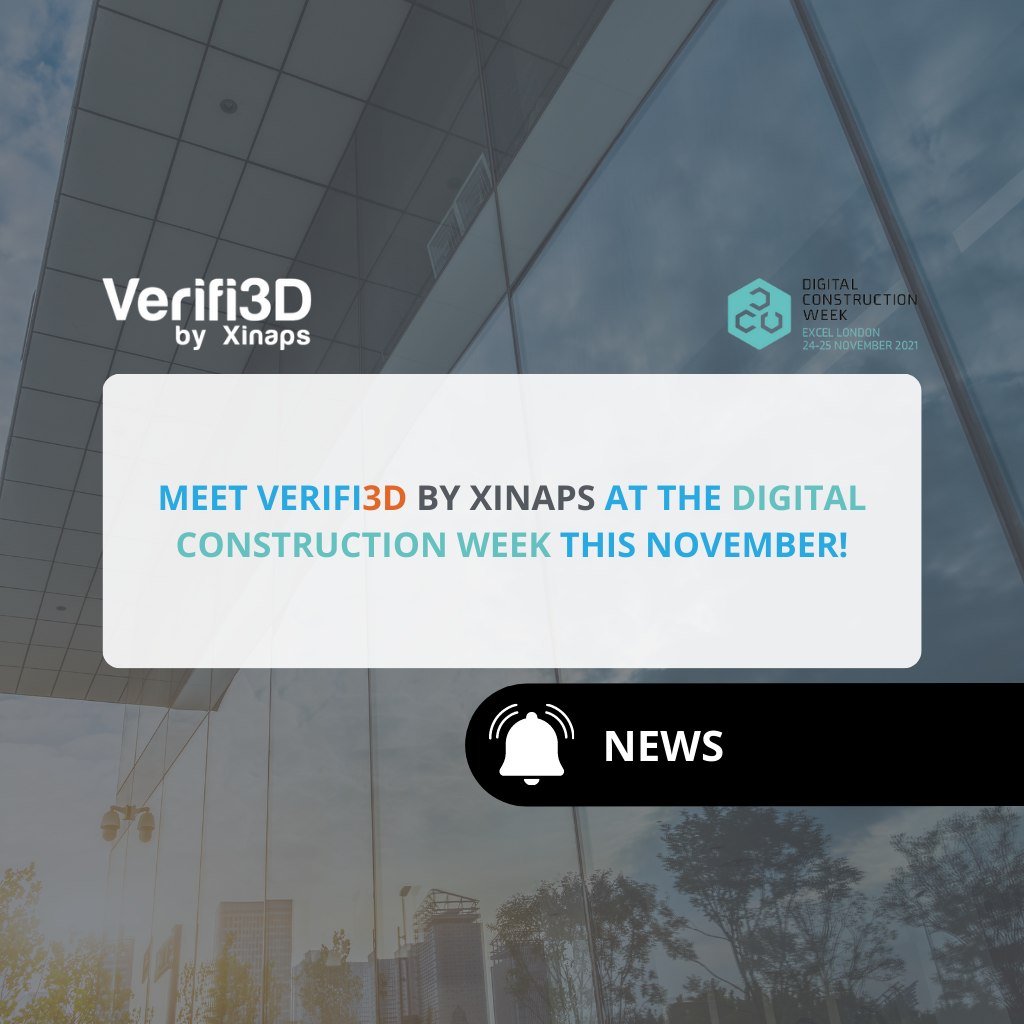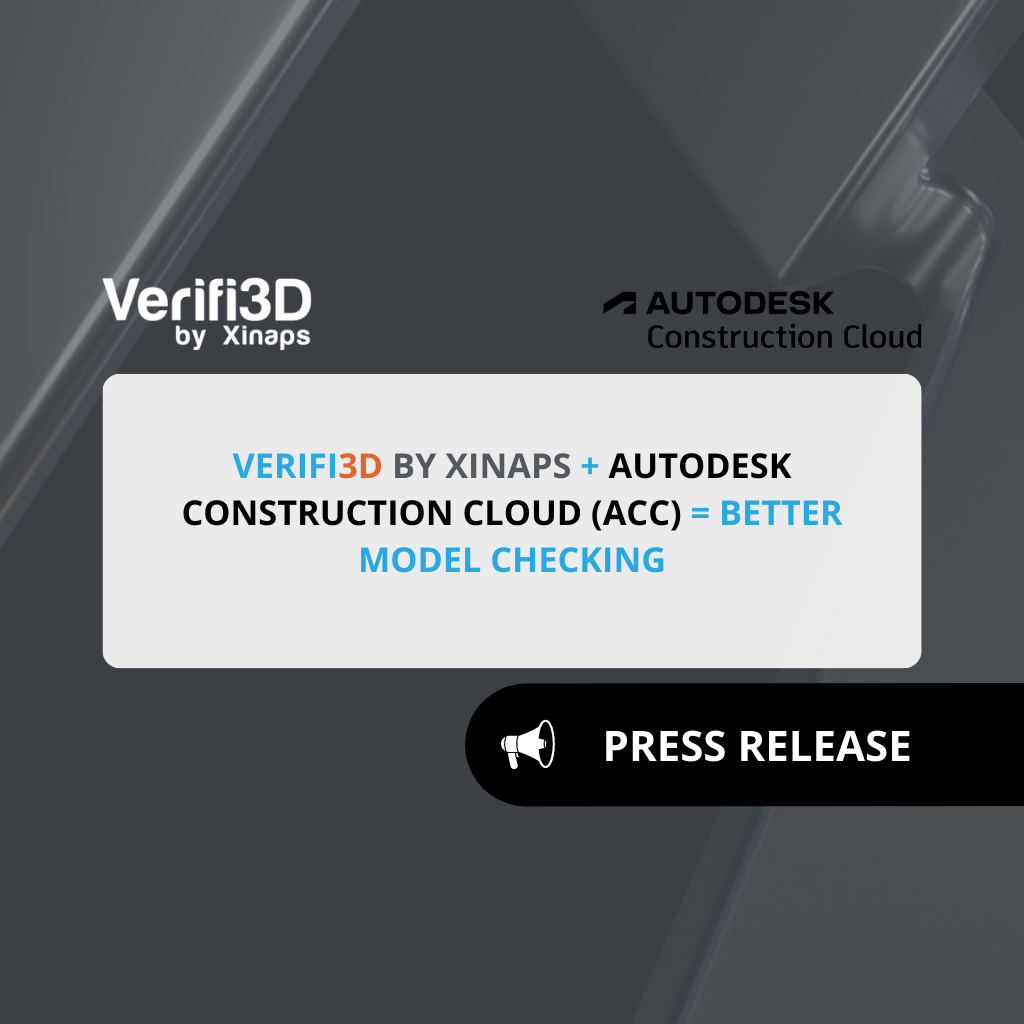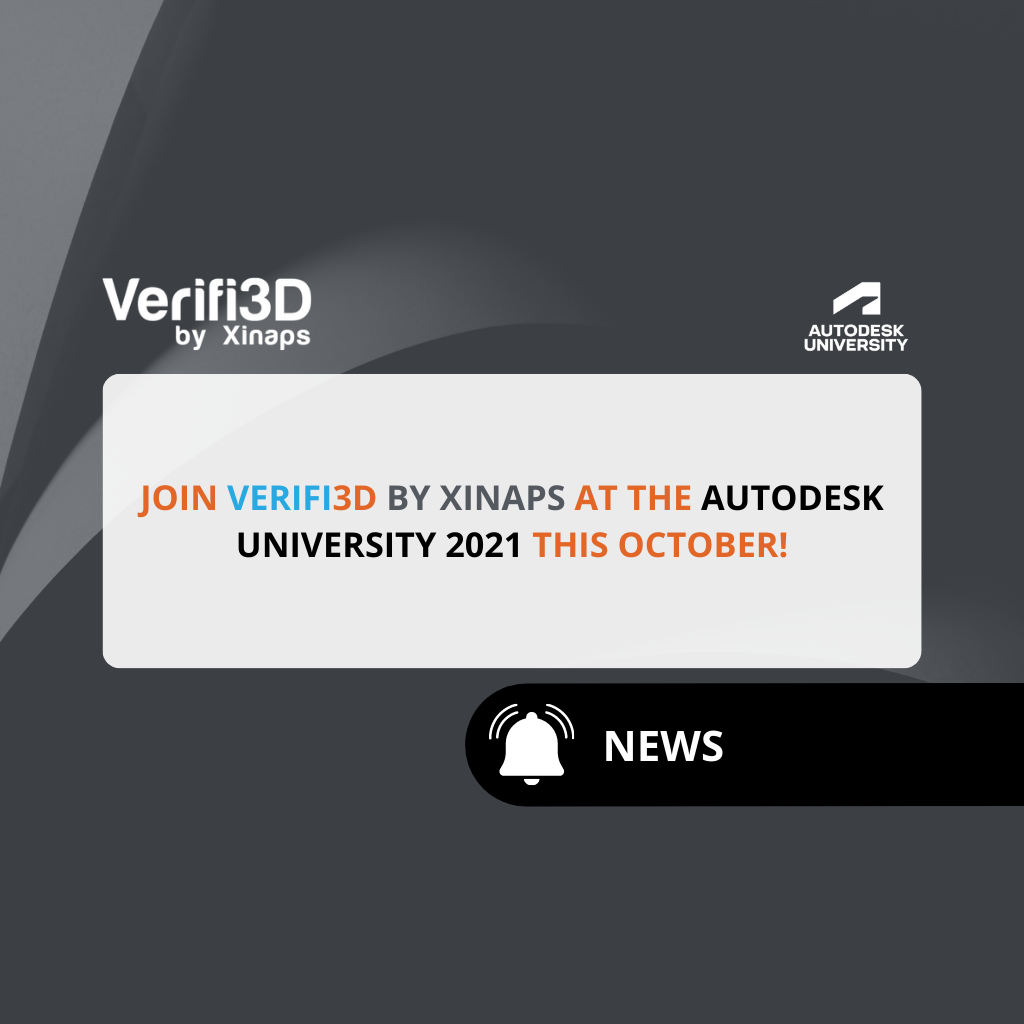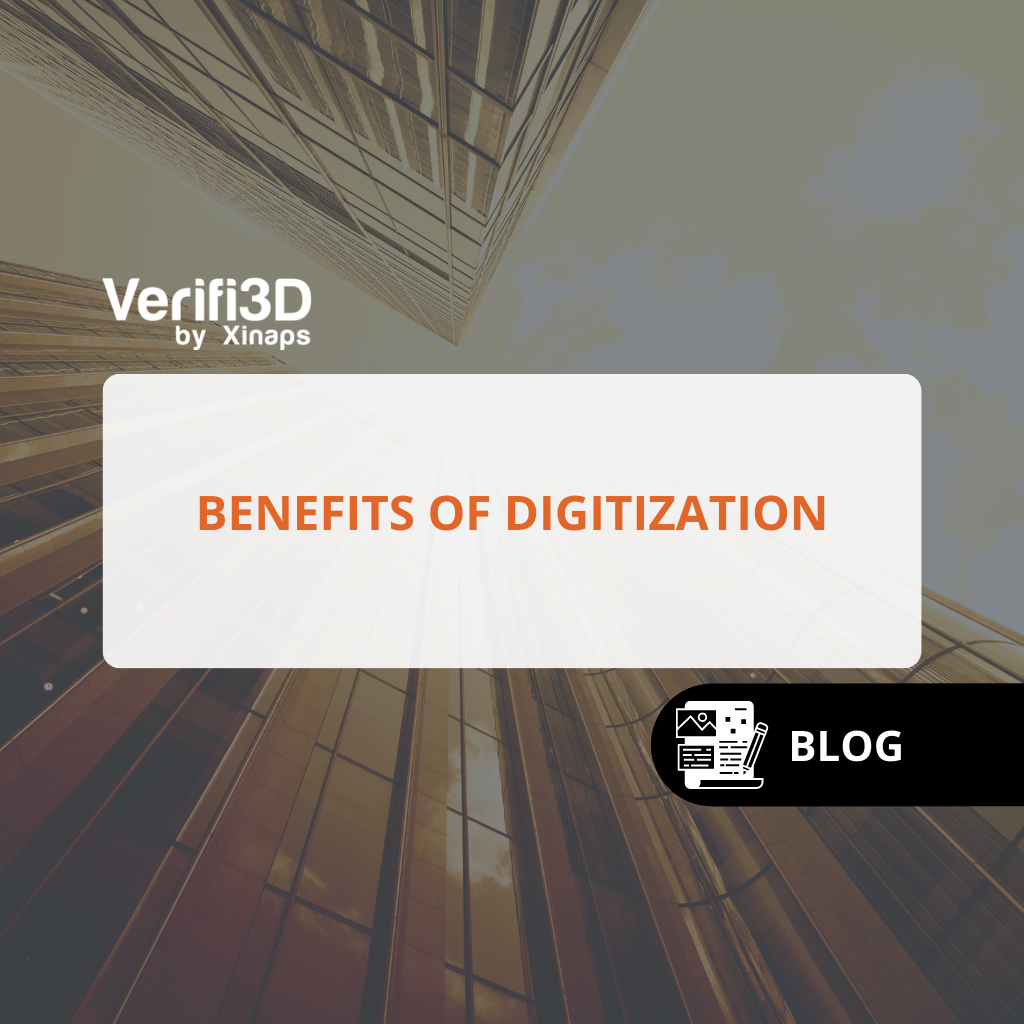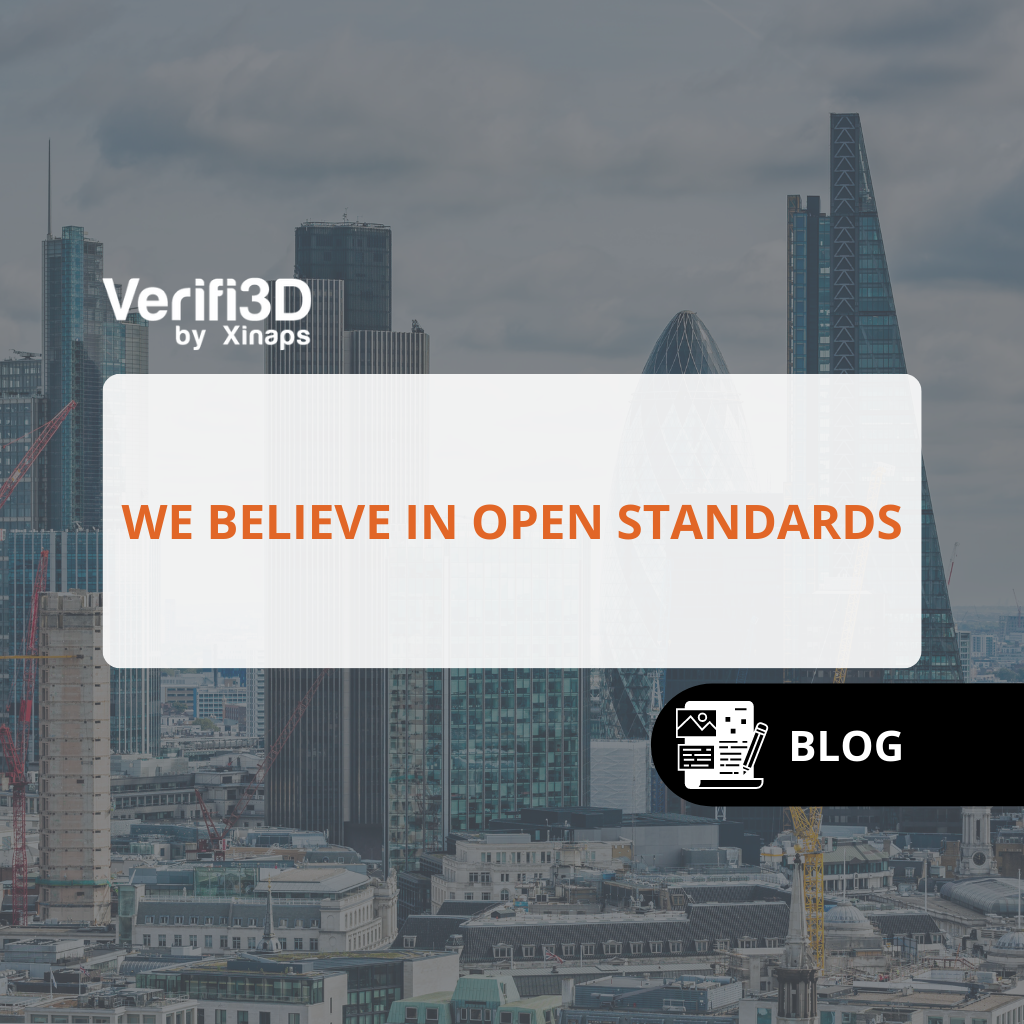
The 5 most important ways in which cloud computing is transforming model coordination
Introduction
Cloud computing has become a transformative force in various industries, including construction. As businesses adopt Platform as a Service (PaaS), Infrastructure as a Service (IaaS), and Software as a Service (SaaS) models, the architecture, engineering, and construction (AEC) industry is leveraging these technologies for enhanced efficiency and collaboration.
Cloud computing enables the delivery over the ‘cloud’ (the internet) of a variety of computing services, such as storage, databases, networking, servers, software, and analytics, giving building professionals access to faster and more flexible resources.
BIM is no exception to this trend.
There are numerous advantages to creating, managing, validating, checking and sharing BIM models in the cloud for the architecture, engineering, and construction (AEC) industry.
Cloud-based BIM in construction projects isn’t just about remote work; it’s also about dispersed teams and collaboration. Individuals from a variety of organizations, such as architecture firms, engineering firms, general contractors, and specialist subcontractors, make up project teams. These teams can benefit from cloud-based BIM whether they are working from home, in the office, or on-site.
The construction industry is investment intensive due to which they are hesitant to experiment with new technology. While cloud computing has a lot of potential in the construction industry, such applications are not widespread. There is a knowledge gap that must be filled to assist the construction industry in adopting cloud computing technology. And while the thought of cloud-based software may seem intimidating to those in the construction business who have been utilizing pen and paper, spreadsheets, and other manual methods for communication and project management, there are other construction perks to consider.
Cloud computing – How is it transforming data validation?
Cloud computing is gaining traction in the construction industry as companies realize the advantages of cloud computing such as flexibility, dependability, security, convenience, and efficiency over on-premises solutions. The 5 most important ways cloud computing is changing data validation in the construction industry are as follows:
1. Improved model coordination:
A significant part of the classification and checking of building models is still performed manually, costing a lot of time, effort and is prone to error. Although every project is different, the most common challenges are model coordination and the lack of interdisciplinary coordination between designers, engineers and contractors. These challenges lead to rising demand for better model coordination between teams, as the industry is still lacking an integrated workflow.
Verifi3D enhances traditional model coordination by integrating cloud computing to streamline the classification, validation, and sharing of BIM data. By supporting a fully digital workflow from design to construction, it reduces manual errors and improves project outcomes. Teams can manage clash detection, issue tracking, and workflow integrations in one cohesive environment, utilizing platforms such as Newforma Konekt, Autodesk BIM 360 Issues, and BIMcollab for comprehensive project management.
2. Better collaboration:
There are several stakeholders with whom project-related updates need to be shared. To meet project deadlines, it is also necessary to collaborate with different teams at the same time. In today’s highly competitive business world, lost productive time equals lost money. This is where the cloud can come in handy. Through browser-based interfaces, all interested parties can promptly and securely access and work on the same cloud-based file from their location at any time using PCs, laptops, and tablets. All you need is access to the internet. For example, using Verifi3D enables project managers to easily share content with subcontractors, vendors, building owners, and investors to keep them in the loop about a project’s progress. As a result, each of them can work more efficiently to complete the project on time. Additionally, architects and engineers can collaborate on a BIM project that is being carried out in an architectural and engineering firm’s office using cloud computing, even if they are at different locations.
3. Enhanced data security:
Project data must be handled carefully, whether it is related to a construction site design, frequent updates, or concerns that arise. It is an important component of a project’s timeline till it is completed. Keeping this information on the office’s local computers renders it vulnerable to situations like system failure, data theft, and so on. The loss of data connected to a construction project is a mistake for the contractor who is working on it. To keep the clients’ data safe and secure, most cloud service providers employ data security technologies such as data encryption, intrusion detection and firewalls. With Verifi3D users can load models locally or sync models automatically with Common Data Environments (CDEs) such as Google Drive, Procore, Trimble Connect, SharePoint, OneDrive, BIMserver.center, Dropbox, Aconex, Autodesk Construction Cloud and Autodesk BIM 360. To add on, Verifi3D supports SSO (Single-Sign-On) with Autodesk and Microsoft which ensures only authorized individuals with the appropriate credentials can access sensitive project information, reducing the risk of data breaches. Having all the project data in one place simplifies analysis and reporting while also increasing accuracy. Housing the data in the cloud as a backup ensures that they are protected in any situation and are only accessible to authorized users. Furthermore, cloud-based systems process data at a faster rate than on-premises systems, saving project managers time and allowing them to quickly and easily share results across teams and regions.
4. Lower costs:
Cloud computing’s versatility allows businesses to select the storage, processing, and sophisticated services that best suit their needs. Firms can invest in their digital infrastructure rather than purchasing computers and backup drives, which depreciate quickly. The best thing is that when technology advances, new software versions and updates are provided in real-time through the internet, allowing companies to take advantage of them right away. The exorbitant expense of hardware is eliminated with cloud computing. For example, Verifi3D offers floating licenses which are monthly subscriptions that can be activated anytime. Choosing the best cloud solution based on needs will result in a higher return on investment and increased productivity.
5. Save time:
One of the most compelling reasons to migrate a business to the cloud nowadays is the ease with which specialist software/solutions can streamline the data migration process. Businesses that sign up for a specialized platform receive support during the move and can contact service teams at any time. With cloud computing, time spent updating and patching software, distributing client solutions to end-users, and other more tedious IT activities are significantly reduced. The cloud enables businesses to significantly reduce the requirement for full-time IT workers and, in some situations, get more work done with fewer resources. Savings can be realized nearly immediately. Furthermore, because there will be considerably fewer service outages, employees will save time and be more productive.
Competitor Analysis – Advantages Over Traditional Solutions
Unlike traditional desktop model checkers that are limited by hardware capabilities, Verifi3D’s cloud environment excels in handling large models with greater speed and flexibility. Our solution supports a variety of file formats including RVT, IFC and DWG, providing a more versatile and robust solution than competitors. Additionally, Verifi3D extends beyond mere clash detection to include advanced features like property validation and duplicate checking, enhancing the utility and appeal of our system in complex workflows.
Technical Architecture – Core Components and Functionality
At the core of our cloud-based solution is the Verifi3D Viewer, which utilizes Three.js for rendering and an in-house 3D engine heavily optimized for modern browsers. This setup allows for the efficient parsing and visualization of IFC models through our platform. For Revit files, we employ the Autodesk Forge Design Automation API, ensuring seamless integration and accessibility. Additionally, when models are sourced from A360/BIM360 hubs, they are retrieved via the Autodesk BIM360 Document Management API and processed accordingly, ensuring high fidelity and real-time visualization in the cloud.
Case Studies – Real-World Applications and Benefits
van Es architecten, an innovative architectural firm, has effectively utilized Verifi3D to maintain the integrity and quality of their designs throughout project lifecycles. By integrating 3D modeling and cloud-based coordination tools, the firm has achieved significant improvements in collaboration and project delivery, exemplifying the practical benefits of our technology in real-world applications.
Integration Details – Compatibility and Ease of Adoption
Verifi3D seamlessly integrates with major CDEs and file repositories such as Google Drive, Procore, Trimble Connect, SharePoint, OneDrive, BIMserver.center, Dropbox, Aconex, Autodesk Construction Cloud and Autodesk BIM 360. This compatibility facilitates easy adoption within existing workflows and enhances collaborative efforts across diverse project teams, streamlining project management and execution.
Conclusion
The shift from traditional desktop solutions to cloud-based solutions is fundamentally transforming the construction industry. Desktop solutions, while once a cornerstone of project management and design process, are gradually being phased out in favor of cloud computing. This transition is not just a trend but a clear movement toward a more efficient, secure and adaptable future. Cloud computing represents both the present and the future of the AEC industry. Cloud computing offers significant advantages over on-premises systems, including enhanced efficiency, improved collaboration and heightened security. By integrating cloud technologies, construction companies can handle complex BIM models more effectively, streamline workflows and reduce costs.
Cloud-based solutions like Verifi3D exemplify these benefits by providing a versatile, scalable environment for model coordination. It facilitates real-time collaboration among diverse teams, ensures secure data management, and offers cost-effective licensing options. The support of major cloud service providers and integration partners, such as Autodesk, Procore, Trimble and Dropbox, further enhances the effectiveness of cloud solutions. They play a major role in providing cloud-based collaboration services, making APIs publicly available to create an Ecosystem quicker, thereby facilitating solution providers in the AEC industry to come up with specific solutions.
Embracing cloud computing is not just a trend but a strategic move for the construction industry. It enables companies to stay competitive by improving project outcomes and operational efficiency. As digital transformation continues to advance, embracing cloud-based solutions like Verifi3D will be crucial for future-ready construction practices. They will be better equipped to manage projects, control costs and drive innovation in the future of construction.
Note: This Blog references Verifi3D now evolving into Solibri CheckPoint. Learn more about Solibri CheckPoint here.
Contributors

Marketing Executive
Xinaps

Customer Success Manager
Xinaps

Marketing Executive
Xinaps

Customer Success Manager
Xinaps



